As a professional coaching expert with years of experience, I am excited to present this comprehensive guide to soccer training. Whether you're an aspiring player looking to enhance your skills or a coach aiming to develop your team, this article will provide you with valuable insights and actionable tips to take your soccer game to the next level.
Soccer Training
The Fundamentals of Soccer Training
When it comes to soccer training, a solid foundation is essential. Here, we'll delve into the core components that form the basis of effective training regimes.
1. Technical Proficiency
Mastering the fundamental technical skills is paramount in soccer. These skills include dribbling, passing, shooting, and ball control. Regular practice, starting with the basics and gradually progressing to more complex techniques, is crucial. Work on both dominant and weaker foot skills to become a versatile player on the field.
2. Tactical Awareness
Understanding the tactical aspects of soccer is key to outmaneuvering opponents. Teach players the importance of positioning, movement off the ball, and reading the game. Regular team sessions focused on tactical scenarios can enhance players' decision-making abilities during matches.
3. Physical Conditioning
Soccer demands a high level of fitness. Incorporate aerobic conditioning, interval training, and agility drills into your sessions. A well-rounded fitness routine not only improves performance but also reduces the risk of injuries.
Designing Effective Training Sessions
Crafting training sessions that cater to various aspects of the game is an art. Let's explore the strategies to create purposeful and engaging practices.
Warm-Up Drills
Incorporating cardio exercises into your warm-up routine increases heart rate and blood flow, boosting performance on the field.
- Cardio Training: Incorporate a few minutes of cardio exercises into your warm-up routine to increase heart rate and blood flow. This can include activities like jogging, jumping jacks, or high knees.
- Dynamic Stretching: Engage in dynamic stretching exercises that mimic the movements you'll be performing during the soccer session. Focus on stretches for the calves, quadriceps, hamstrings, and hip flexors to improve flexibility and prevent injury.
Remember to always tailor your warm-up drills based on the specific needs of your team and players' fitness levels. Additionally, ensure that proper nutrition and diet are emphasized as part of their overall training regimen for optimal performance on the field.
Importance of Warm-Up
Increased blood flow and oxygen to muscles is one of the key benefits of a warm-up. By engaging in cardio training before a game or practice, players can improve circulation and deliver crucial nutrients to their muscles. This allows for better performance and reduces the risk of injury.
In addition, a proper warm-up enhances muscle flexibility and joint range of motion. Dynamic stretching exercises during the warm-up routine help loosen up tight muscles and increase their elasticity. This not only improves overall mobility but also helps prevent strains or tears during intense movements on the field.
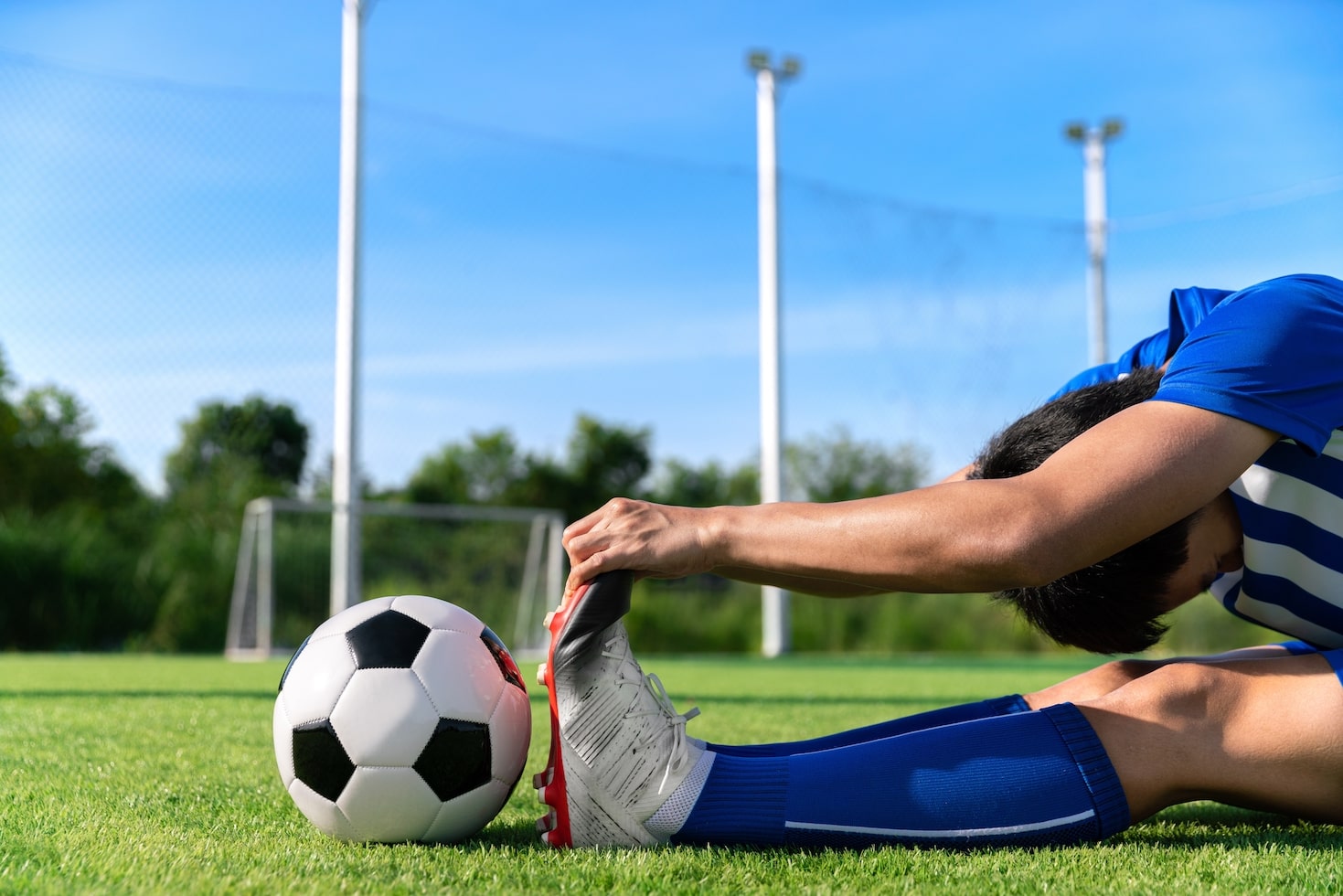
Furthermore, warming up provides an opportunity for enhanced mental focus and preparation for training or matches. It allows players to mentally transition from everyday activities to soccer-specific tasks by priming their minds for optimal performance. Combined with proper diet, this mental readiness can contribute significantly to success on the field as it sharpens decision-making skills and reaction times.
Dynamic Stretching
Engaging in dynamic stretching involves controlled, active movements that effectively engage the muscles. This type of stretching not only improves dynamic flexibility and functional mobility but also prepares the body for explosive movements during soccer activities. Incorporating dynamic stretches into your warm-up routine can enhance performance on the field and reduce the risk of injury without relying solely on cardio training or diet modifications.
By incorporating dynamic stretching into your football training drills, you can optimize muscle engagement while improving overall flexibility and range of motion. This will better prepare athletes for the demands of rapid direction changes, quick sprints, and explosive movements required in competitive soccer matches.
Agility Ladder Drills
Agility Ladder Drills are an essential component of soccer training drills as they enhance footwork, coordination, and agility skills. These drills also improve quickness, reaction time, and change of direction abilities. By incorporating agility ladder drills into training sessions, coaches can create game-like situations in a controlled environment.
Benefits of
- Enhances footwork, coordination, and agility skills
- Improves quickness, reaction time, and change of direction abilities
- Helps simulate game-like situations in a controlled training environment
Remember to incorporate these drills into your cardio training routine for maximum effectiveness. Additionally ensuring that players maintain a healthy diet will further optimize their performance on the field. As a coach or professional in the industry it's important to stay informed about new strategies and techniques for effective coaching.
Technical Drills
Dribbling Drills: Improve your players' dribbling skills with these effective drills. Set up cones in a zigzag pattern and have players dribble through them, focusing on close control and quick changes of direction. Another drill involves setting up a small grid and having players try to keep possession while defenders apply pressure, encouraging quick thinking and technical ability.
Passing and Receiving Drills: Enhance your team's passing accuracy and receiving skills with these challenging drills. One drill involves setting up two lines of players facing each other, alternating between passing the ball back and forth using different techniques such as inside foot, outside foot, or one-touch passes. Another drill focuses on receiving by having players move into open spaces to create passing angles while maintaining good body positioning.
Shooting Drills: Sharpen your team's shooting abilities with these dynamic drills. Create various shooting scenarios by setting up cones or goals at different distances from the goalpost. Encourage precise shots by incorporating competitions among teammates to increase their motivation levels during training sessions.
Dribbling Drills
- Cone Dribbling Drill: Improve your players' agility and ball control with the cone dribbling drill. Set up a series of cones in a zigzag pattern and have players dribble through them using quick, small touches. Encourage them to keep their heads up and maintain control of the ball as they navigate through the cones.
- Figure Eight Dribbling Drill: Enhance your players' dribbling skills with the figure eight drill. Place two cones in an eight-shaped formation and have players weave in and out of the cones while maintaining control of the ball. Emphasize proper technique, including keeping their body low, using both feet, and taking sharp turns.
- 1v1 Dribbling Drill: Develop your players' ability to take on opponents with the 1v1 dribbling drill. Set up two goals or markers about 20 yards apart, then pair off players for one-on-one duels. Players must use their dribbling skills to try and beat their opponent by getting past them or scoring a goal. Focus on body feints, changes of pace, and creativity in attack.
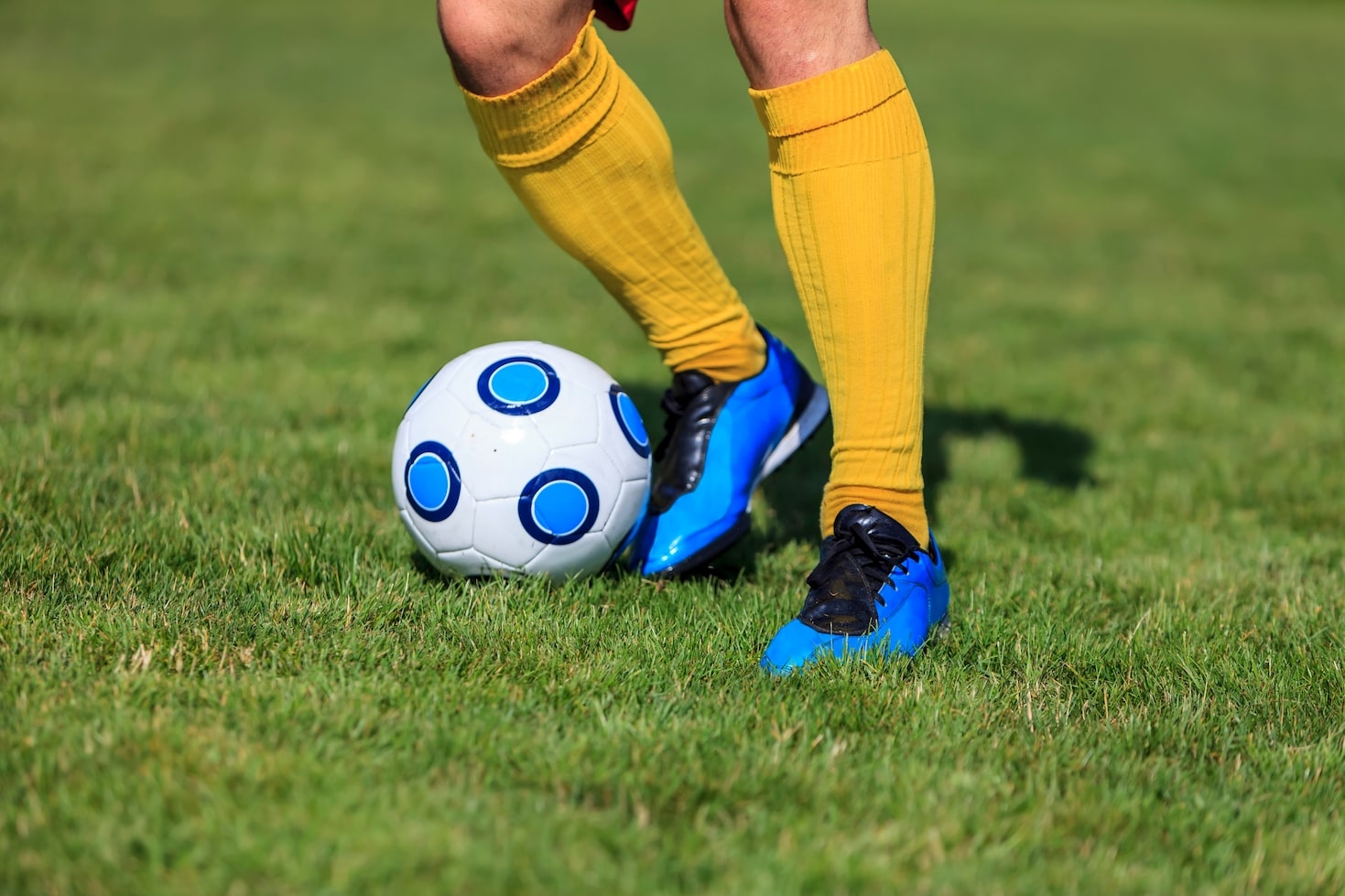
Passing and Receiving Drills
- Triangle Passing Drill:The Triangle Passing drill is a great way to improve players' passing accuracy and speed. Set up three cones in a triangle shape, with players positioned at each cone. The player at the base of the triangle starts with the ball and passes it to one of the other two players, who then pass it back. Emphasize crisp and accurate passes while encouraging quick movements between cones.
- Wall Passes Drill: The Wall Passes drill is an effective exercise for teaching players how to properly execute wall passes during a game situation. Set up two cones about five yards apart, representing defenders, and position another cone about ten yards away as an attacker's target. Players take turns passing to one of the defender cones before making a run towards the target cone for a return pass off the wall created by their teammate.
- 3v2 Transition Game: The 3v2 Transition Game is designed to improve players' decision-making skills in transition situations from defense to offense or vice versa. Split into two teams: three attackers against two defenders plus one goalkeeper in each half of the field. Start with one team attacking and if they lose possession or score, both teams transition immediately into attack/defense roles until either team scores or regains possession.
Shooting Drills
- Finishing under Pressure Drill: This drill focuses on improving players' ability to score goals in high-pressure situations. Set up a small goal with defenders and attackers positioned around it. The attackers must navigate through the defenders and shoot past the goalkeeper within a limited time frame, challenging their composure and accuracy.
- Cross and Finish Drill: Enhance your team's attacking abilities by practicing crossing and finishing skills. Divide the players into two groups, one group of crossers/wingers and another group of finishers/strikers. The crossers deliver accurate crosses into the box while the finishers aim to convert those crosses into goals using various techniques such as headers or volleys.
- Penalty Kick Practice: Develop your players' penalty-taking skills through dedicated practice sessions. Simulate match conditions by setting up a penalty area with a goalkeeper defending against different shooters. Encourage proper technique, composure, and decision-making under pressure to ensure success when faced with penalty kicks during competitive games.
Tactical Drills
Small-Sided Games
- Possession-based games: In possession-based small-sided games, the emphasis is on maintaining control of the ball and making quick, accurate passes. This type of game promotes good decision-making skills and improves players' ability to keep their composure under pressure. Coaches can modify the size of the playing area or set specific passing limitations to challenge players and encourage creativity.
- Transition games: Transition games focus on quickly transitioning from defense to offense or vice versa. These fast-paced small-sided games help improve players' speed, agility, and decision-making abilities during critical moments in a match. By creating scenarios that simulate real-game situations, coaches can train players to react swiftly to changes on the field.
- Overload/underload games: Overload/underload small-sided games involve manipulating player numbers or positioning to create advantages or disadvantages for certain teams or individuals. This type of training strengthens tactical awareness by teaching players how to exploit numerical superiority while also developing problem-solving skills when facing adversity with fewer resources.
Position-Specific Drills
1. Attacking drills for forwards:
- Finishing under pressure: Focus on quick decision-making and accuracy in front of goal.
- Combination play: Emphasize link-up play between strikers and midfielders to create scoring opportunities.
2. Defending drills for defenders:
- 1v1 defending: Develop skills necessary to win individual battles against opposing attackers.
- Defensive positioning: Improve understanding of defensive shape and recovery runs.
3. Midfield play and distribution drills:
- Possession with purpose: Encourage midfielders to maintain possession while also looking for penetrating passes.
- Transition exercises: Train midfielders to quickly switch from defense to attack or vice versa.
Remember, these position-specific drills help players polish their skills in specific areas of the game, ultimately enhancing their overall performance on the field.
Set Piece Drills
Corner kick routines are an essential part of soccer strategy. To maximize scoring opportunities, coaches can implement various tactics such as near post runs, back post headers, and decoy players to confuse the opposition defense. By working on different corner kick routines during training sessions, teams can increase their chances of converting these set pieces into goals.
Free-kick strategies require careful planning and execution. Coaches must teach their players effective techniques for striking the ball with accuracy and power. Additionally, implementing creative free-kick plays involving dummy runners or quick passes can catch the opposing team off guard and create scoring opportunities.
Penalty shootout practice is crucial for preparing players mentally and physically to handle high-pressure situations. Coaches should focus on developing penalty-taking techniques that ensure consistency and precision in placement while maintaining composure under stress. Simulating game-like conditions during training will help acclimate players to the pressure they may face during actual matches.
Physical Conditioning Drills
- Cone Sprint Drill: Set up a line of cones spaced out at regular intervals and have players sprint from one cone to the next as quickly as possible, focusing on explosive speed and agility. To add variation, incorporate quick changes of direction or have players perform specific soccer movements between cones.
- Medicine Ball Circuit: Incorporate medicine ball exercises into a circuit training session to improve overall strength and power for soccer. Include exercises such as overhead throws, rotational twists, and chest passes to target different muscle groups used in the game. Vary the weight of the medicine balls for progressive overload and challenge players' muscular endurance.
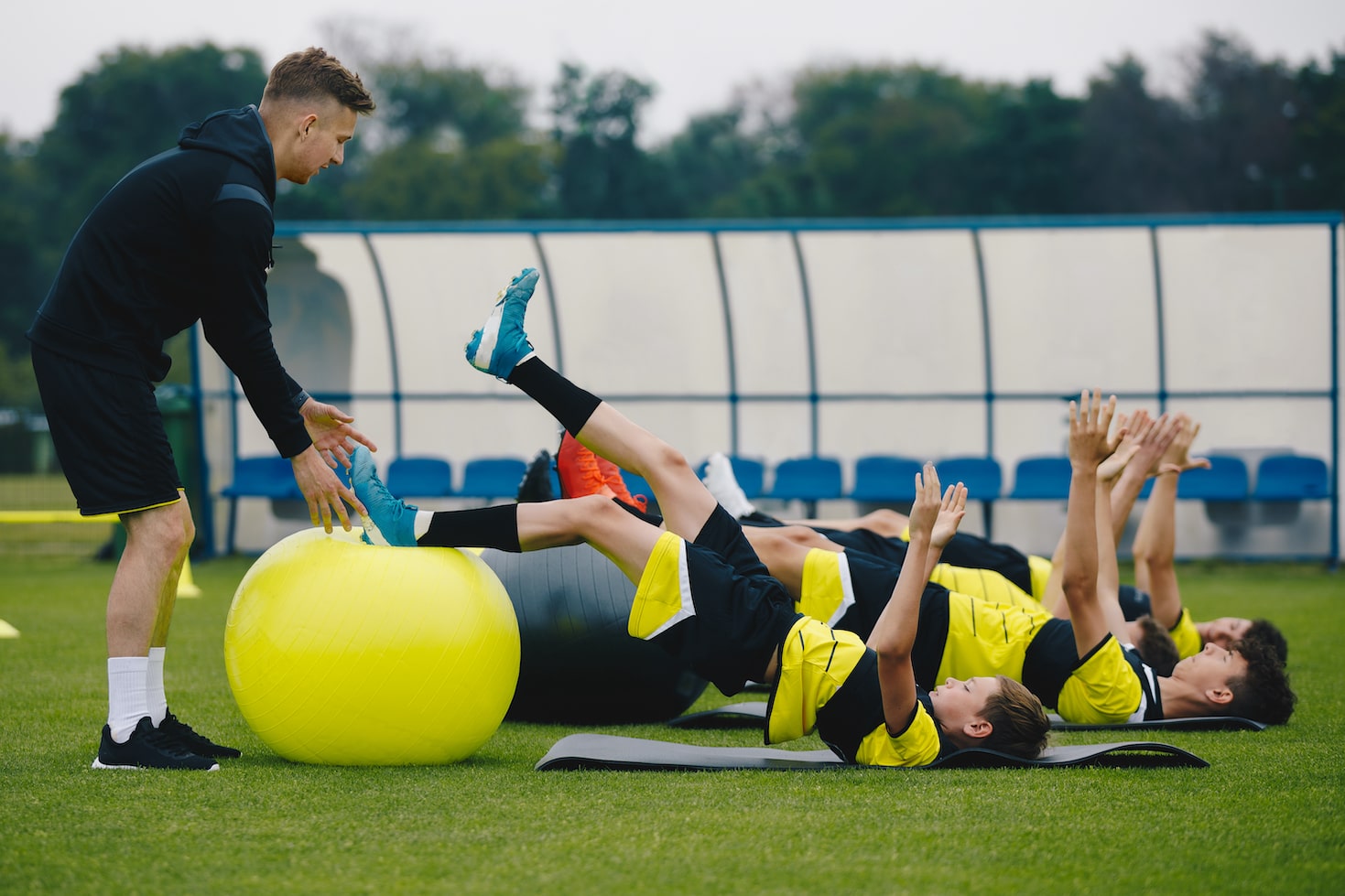
Remember to always prioritize proper technique during these drills to prevent injuries and maximize performance gains.
Endurance Training
Long-Distance Runs: Incorporating long-distance runs into your endurance training can help build stamina and improve cardiovascular fitness. Focus on maintaining a steady pace and gradually increase the distance over time for optimal results.
Interval Training: Integrate interval training into your soccer workouts to enhance both speed and endurance. Alternate between high-intensity bursts of activity, such as sprints or fast-paced drills, with periods of active recovery or lower intensity exercises. This method challenges your body's energy systems, improving overall performance on the field.
Circuit Training: Mix up your training routine by incorporating circuit training sessions. Combine different exercises targeting various muscle groups to improve strength, power, and endurance all at once. Design circuits that include activities like push-ups, lunges, squat jumps, and burpees for an effective full-body workout that mimics game-like conditions.
Speed and Agility Training
Sprint Drills: Incorporating sprint drills into your soccer training sessions can greatly improve speed and agility on the field. Try drills like shuttle runs or sprints with change of direction to simulate game situations and enhance overall speed.
Ladder Drills: Ladder drills are an excellent way to improve footwork, coordination, and quickness. Set up a ladder on the ground and perform exercises such as high knees, lateral shuffles, or in-and-outs. These drills will help players become more agile and responsive during matches.
Cone Exercises: Utilize cone exercises to enhance agility and reaction time. Set up cones in various patterns or distances apart for players to maneuver around quickly while dribbling or performing quick turns. This type of training will increase player's ability to change direction rapidly during gameplay.
Strength Training
Weightlifting, plyometric exercises, and resistance band workouts are essential components of physical training in soccer. These training methods help to improve muscle strength, explosive power, and overall athletic performance on the field. Incorporating these exercises into a soccer training program can enhance players' ability to sprint faster, jump higher, and outmuscle opponents.
- Weightlifting: Squats, deadlifts, and bench presses are effective weightlifting exercises that target multiple muscle groups simultaneously.
- Plyometric Exercises: Box jumps, medicine ball throws, and bounding drills help develop explosive power by rapidly stretching then contracting muscles.
- Resistance Band Workouts: Using resistance bands for exercises like lateral walks or banded squats adds extra resistance to strengthen key muscles used in soccer movements.
Coaching Tips
Effective Communication
When coaching soccer, effective communication is crucial. Clearly articulate instructions and expectations to your players so they can understand and execute drills properly. Use concise language and avoid jargon that may confuse them. Additionally, be an active listener and address any concerns or questions raised by the players promptly.
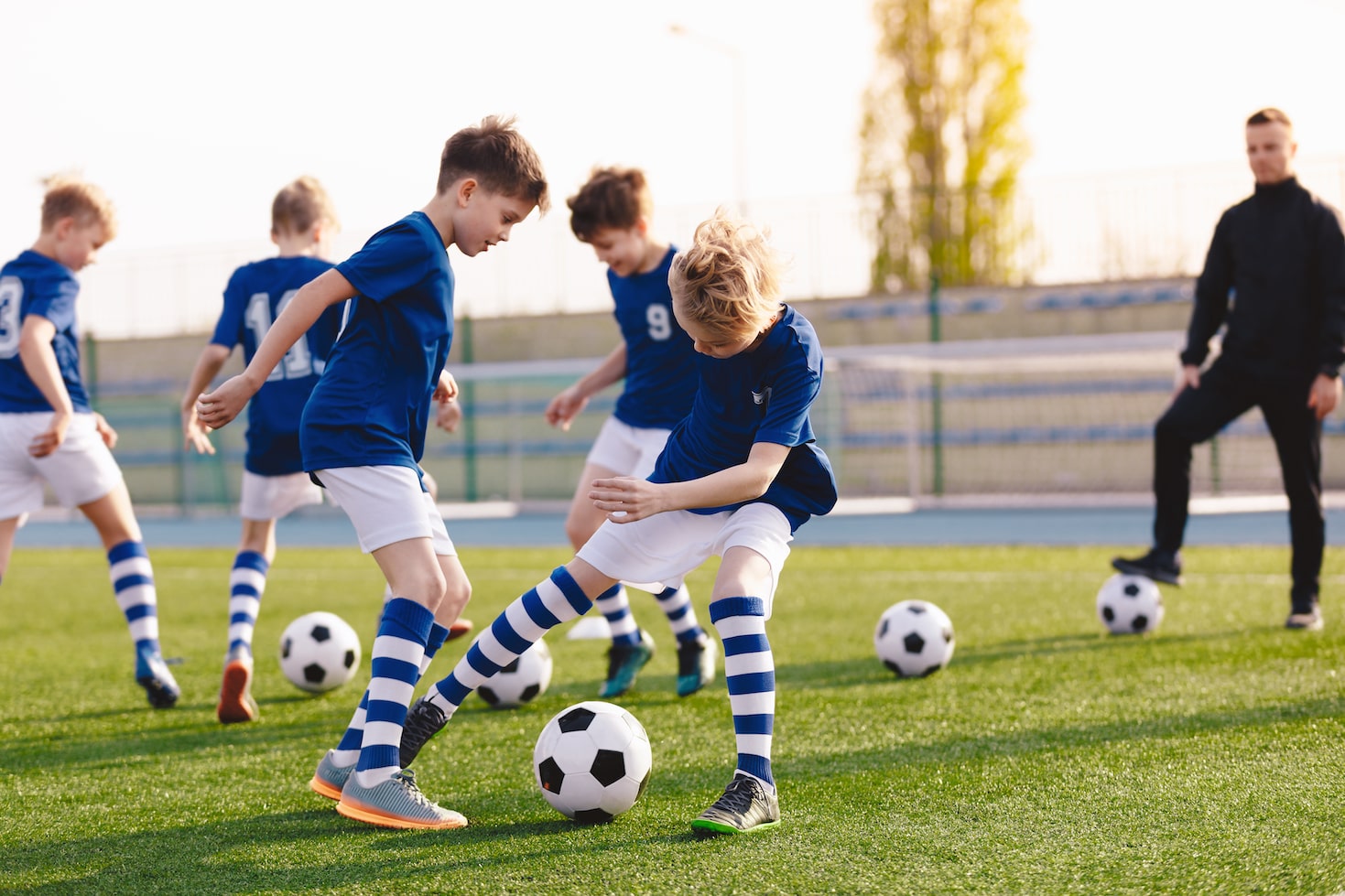
Non-verbal communication is also vital in soccer training. Coaches should utilize body language, facial expressions, and gestures to reinforce verbal instructions or provide immediate feedback on performance. This non-verbal form of communication enhances understanding between coach and player while fostering a positive learning environment on the field.
Creating a Positive Learning Environment
Encouraging teamwork and camaraderie:
- Foster a sense of unity by organizing team-building activities
- Promote cooperation through partner exercises and drills
Setting realistic goals and expectations:
- Break down larger objectives into smaller, achievable targets
- Emphasize individual improvement over winning or losing
Providing constructive criticism:
- Offer specific feedback to highlight areas of improvement
- Focus on the process rather than personal shortcomings
Individualized Feedback
- Identifying player strengths and weaknesses: By closely observing each player's performance, coaches can identify their individual strengths and weaknesses. This allows for a targeted approach to training, focusing on areas that need improvement while maximizing the players' natural abilities.
- Tailoring training sessions to individual needs: Once the strengths and weaknesses of each player are identified, coaches can tailor their training sessions accordingly. This ensures that every player receives personalized guidance and exercises that address their specific needs, enabling them to develop their skills more effectively.
- Regular progress assessments: To track the development of each player, regular progress assessments should be conducted. These assessments provide valuable feedback on the effectiveness of the training program as well as insights into areas where further improvement is required. They also help in determining whether any adjustments or modifications need to be made in order to optimize individual growth within the team dynamic.
By implementing these strategies for individualized feedback in soccer coaching, coaches can create an environment where players receive personalized attention and support. This not only enhances their skill development but also boosts motivation and overall performance on the field.


Improve Your GameJust 1.99 p/m
Exclusive drills and sessions, get involved today!
- 100’s of Drills
- Coach to Camera Videos
- Sessions from Pro’s
- Industry Leading Advice
Incorporating Modern Technology
In the age of technological advancements, integrating the right tools can provide a competitive edge.
-
Video Analysis - Utilize video analysis software to review player performances. This visual feedback helps players understand their strengths and weaknesses, aiding in targeted improvement.
-
Fitness Tracking - Wearable fitness trackers offer insights into players' physical exertion, distance covered, and even heart rate. This data enables you to tailor fitness programs to individual player needs.
-
Tactical Software - Tactical analysis software allows coaches to dissect matches, analyze opponent strategies, and devise counter-tactics. This sophisticated approach enhances team preparation.
Nutrition and Recovery
A holistic approach to soccer training includes proper nutrition and recovery strategies.
- Balanced Diet - Educate players about the importance of a balanced diet. Carbohydrates for energy, proteins for muscle repair, and healthy fats for overall well-being should be part of their nutritional intake.
- Hydration - Hydration is non-negotiable. Dehydration affects performance and recovery. Emphasize the significance of staying hydrated before, during, and after training.
- Rest and Regeneration - Recovery is when the body adapts and grows stronger. Encourage adequate sleep and incorporate recovery activities like foam rolling, stretching, and ice baths.

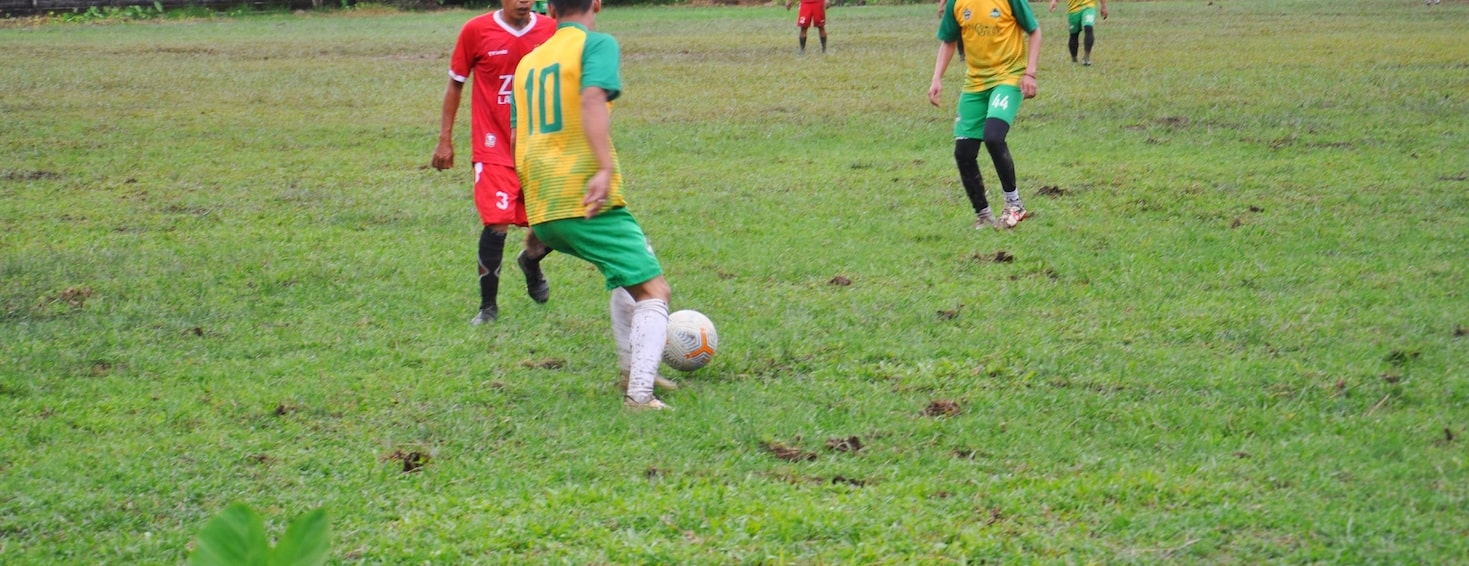
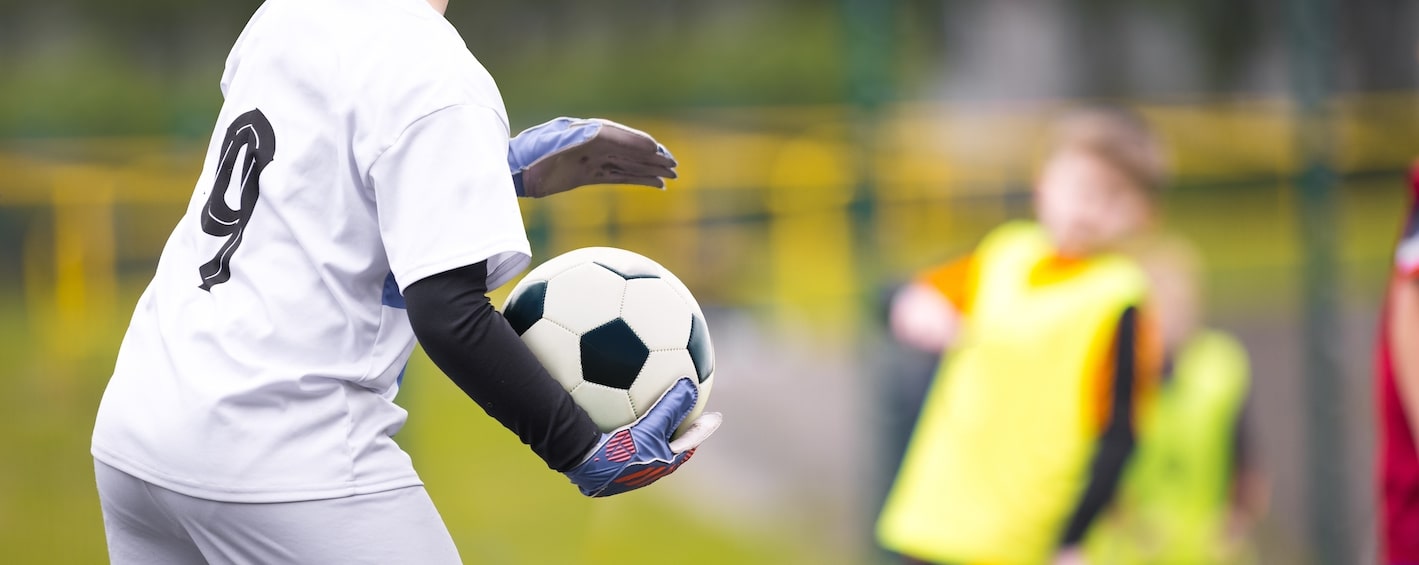
Cupello
Rethinking soccer coaching via our industry leading tools. Built to offer effective coaching development solutions for players and coaches of all levels.